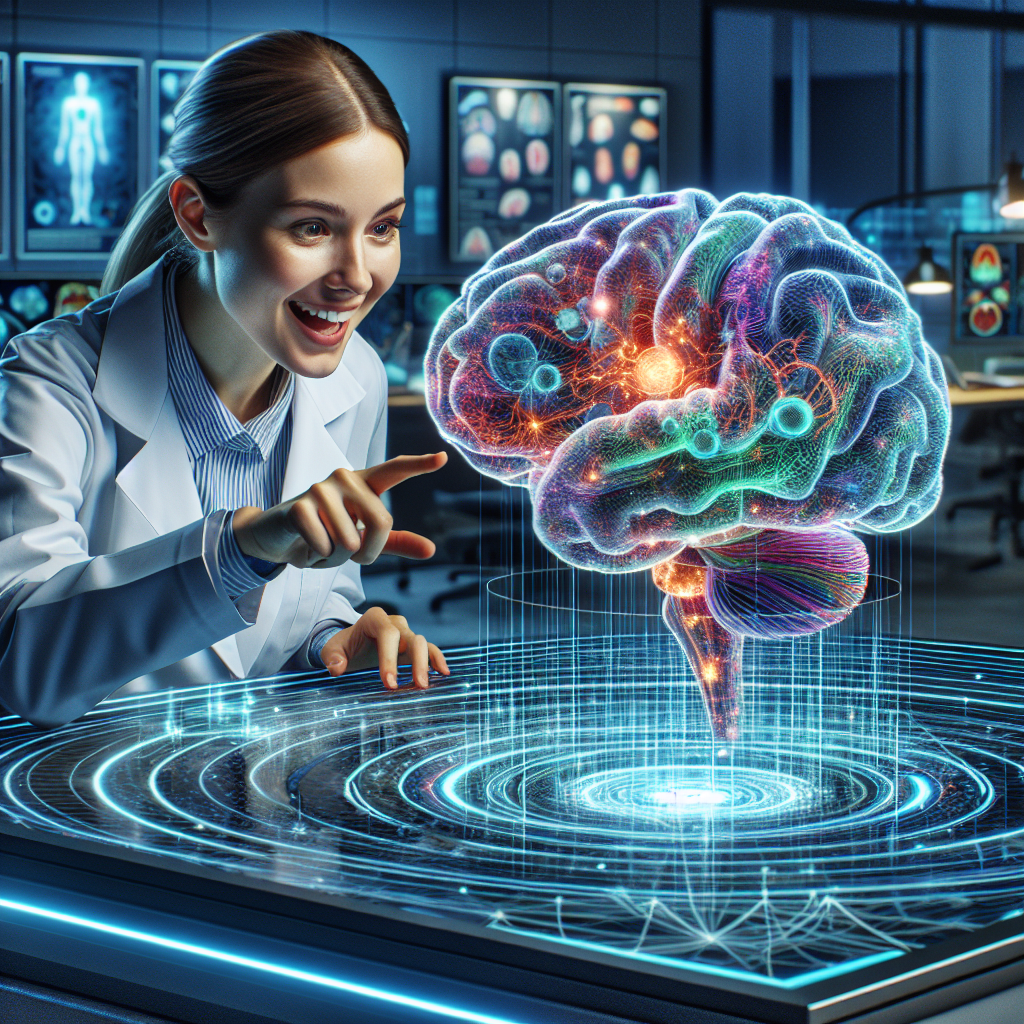Introduction
In an age where neuroscience is more crucial than ever, Unlocking the Mind: The Revolutionary Advances in Brain Imaging Technology takes center stage. The quest to understand the human brain has fueled countless advancements in medicine, psychology, and even technology. Imagine diagnosing mental disorders with the same precision as physical ailments or unlocking the secrets to creativity and memory at the push of a button. This journey through brain imaging technology is not just a scientific endeavor; it’s a personal one, as we seek to understand our own thoughts, emotions, and behaviors better than ever before.
The Paradigm Shift in Neuroscience
Defining Brain Imaging Technology
Brain imaging technology encompasses a range of techniques and methods used to visualize the structure and function of the brain. From the early days of X-rays to today’s sophisticated MRI and PET scans, these technologies have undergone remarkable transformations.
Key Techniques:
- MRI (Magnetic Resonance Imaging): Provides detailed images of brain structure without exposing patients to ionizing radiation.
- fMRI (Functional Magnetic Resonance Imaging): Measures brain activity by detecting changes in blood flow, offering insights into brain functions during specific tasks.
- PET (Positron Emission Tomography): Uses radioactive tracers to visualize metabolic processes in the brain, often highlighting disorders like Alzheimer’s.
Why This Matters
With advancements in brain imaging, we can see the brain in action, observe its behavior in real time, and pinpoint areas that may be malfunctioning. This information is invaluable—not only for diagnosing conditions but also for determining effective treatments and therapies.
Real-World Applications of Brain Imaging
Case Study: Understanding Alzheimer’s Disease
One of the most compelling applications of brain imaging technology can be seen in Alzheimer’s research. Traditional methods of diagnosis often occurred only after significant cognitive decline. However, advancements in PET scans now allow for the visualization of amyloid plaques, a hallmark of Alzheimer’s.
Analysis:
This early detection can lead to intervention strategies that may delay the onset of symptoms. For instance, clinical trials have shown that drugs targeting amyloid accumulation can slow progression in patients diagnosed at earlier stages.
Case Study: The Neuroscience of Creativity
Recent research has utilized fMRI to study the brain’s creative processes. One study asked participants to engage in divergent thinking—often associated with creativity—while their brain activity was scanned.
Analysis:
Results indicated that certain brain networks, primarily those involved in associative thinking, were more active in highly creative individuals. This finding could revolutionize educational strategies and training programs aimed at enhancing creativity.
The Science Behind the Technology
How MRI and fMRI Work
MRI technology primarily relies on the magnetic properties of hydrogen atoms within the body, producing detailed images based on density differences in various tissues.
fMRI goes a step further by measuring the brain’s oxygen consumption, allowing researchers to visually map brain activity. When areas of the brain are more active, they consume more oxygen, which fMRI can detect, providing real-time feedback on brain function.
Chart: Brain Imaging Techniques Comparison
| Technique | Type | Strengths | Limitations |
|---|---|---|---|
| MRI | Structural | High-resolution images | Costly, time-consuming |
| fMRI | Functional | Real-time activity measurement | Sensitive to motion artifacts |
| PET | Metabolic | Can show chemical changes | Requires radioactive tracers, less detail |
Future Prospects of Brain Imaging
The Role of AI and Machine Learning
The integration of artificial intelligence with brain imaging represents the next frontier. Machine learning algorithms can analyze vast datasets far more quickly than humans, identifying patterns that lead to better diagnostic accuracy.
For instance, researchers are developing AI systems that can predict the onset of mental health disorders based on brain scans with impressive accuracy.
Ethical Considerations
As we dive deeper into the inner workings of the brain, ethical considerations become paramount. Questions surrounding data privacy, consent, and the potential for misuse of brain imaging technology must be addressed.
Conclusion
Unlocking the Mind: The Revolutionary Advances in Brain Imaging Technology is not merely a scientific endeavor; it’s a profound journey into the very essence of what it means to be human. From diagnosing diseases earlier to enhancing creative abilities, the implications are both thrilling and vast. As technology continues to evolve, the potential for understanding and treating the mind has never been more promising.
FAQs
1. What conditions can brain imaging help diagnose?
Brain imaging can assist in diagnosing conditions like Alzheimer’s, traumatic brain injuries, epilepsy, and various mental health disorders.
2. Are there risks associated with brain imaging?
Most brain imaging techniques are safe, but procedures like PET involve exposure to radiation, which necessitates careful consideration.
3. Can brain imaging predict future mental disorders?
Emerging AI technologies are being developed to analyze brain scans and identify potential risks for mental disorders even before symptoms appear.
4. How is brain imaging technology improving mental health treatments?
By allowing for precise localization of brain function, doctors can tailor treatments, such as psychotherapy or medication, to specific areas of the brain.
5. Will brain imaging ever provide a complete understanding of human cognition?
While brain imaging technology offers incredible insights, consciousness and cognition are complex phenomena. Ongoing research is crucial for deeper understanding.
Through this exploration, we have not only touched upon the transformative power of brain imaging technology but have also opened a dialogue about its future. The road ahead is exciting, and together, we can unlock even more mysteries of the mind.

